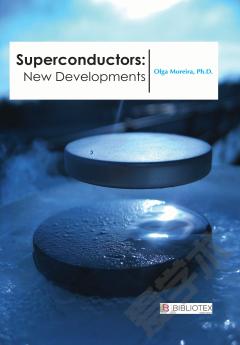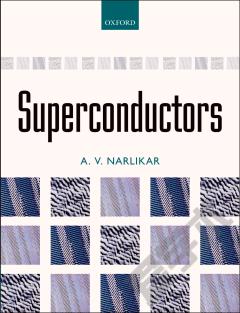Superconductors - New Developments
Imagine a coil which, once an electrical current begins coursing through it, allows for the energy to flow forever without requiring power supply. Before the 20th century, imagining this would be avant-garde and an excellent premise for a science-fiction novel. Nowadays, we do not have to imagine because superconducting coils are real. Since the discovery of superconductivity, researchers and engineers have busy developing new superconductor materials that can be used in wide range of devices. Coils made of superconducting wire are used daily in MRI (magnetic resonance imaging) scanners in hospitals all over the worlds; in Maglev trains in Japan; even in particle accelerators such as the Large Hadron Collider (LHC) at CERN in Geneva. B roader applications of superconductors have always been hindered by the high cost of refrigeration (i.e. cooling of materials to low temperatures) and of the superconducting coils themselves.
{{comment.content}}








 京公网安备 11010802027623号
京公网安备 11010802027623号